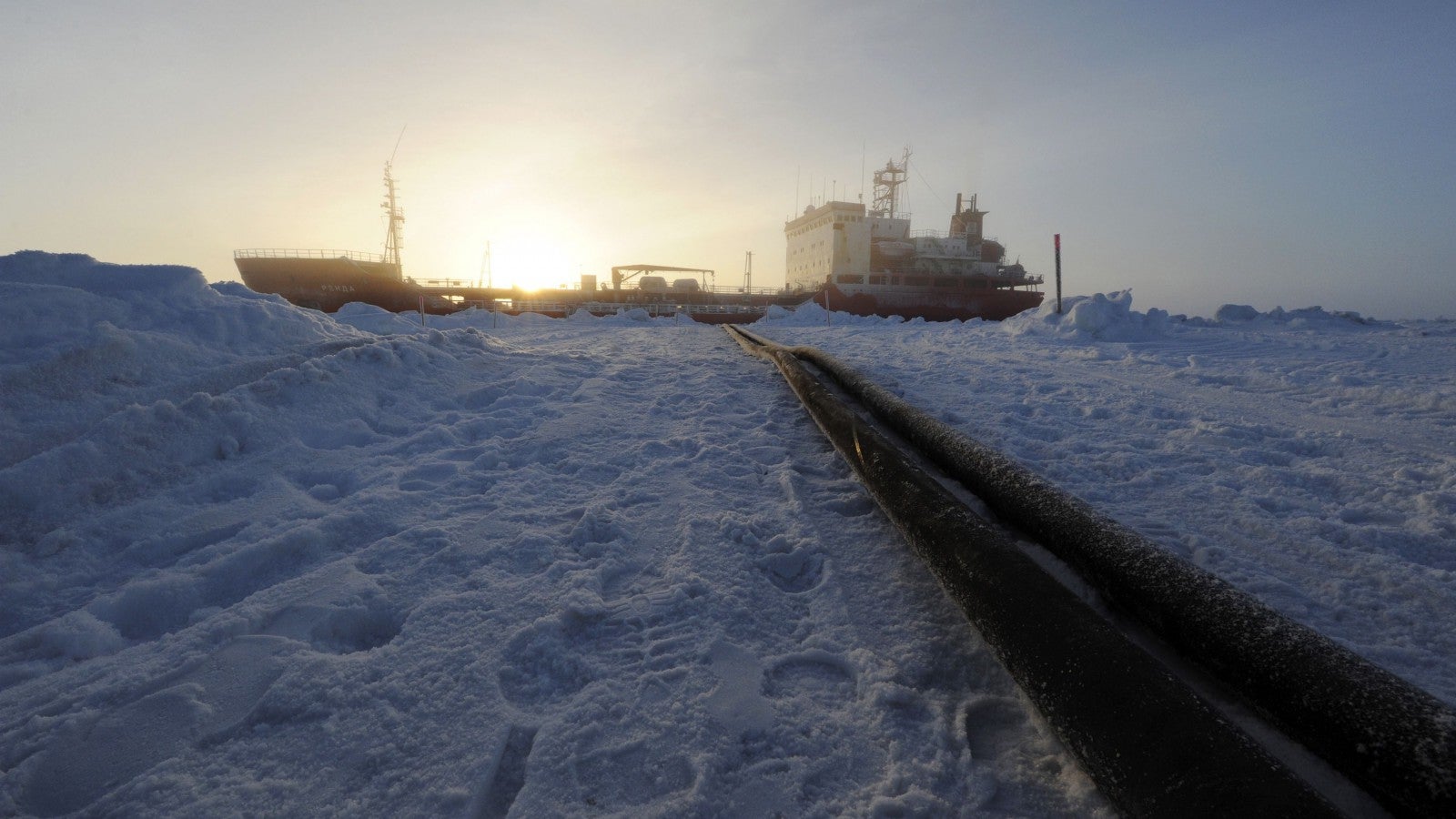These companies are betting on hard-to-reach fossil fuels, and it could cost them billions
Finding and acquiring the rights to oil and gas reserves in difficult places—like Arctic oil, for example—and then getting the infrastructure in place to dig or pump them up to the surface takes time and investment for some major extractive companies.


Finding and acquiring the rights to oil and gas reserves in difficult places—like Arctic oil, for example—and then getting the infrastructure in place to dig or pump them up to the surface takes time and investment for some major extractive companies.
If these bets fail to take into account climate-change legislation—a tax on carbon, for example, and a world in which burning fossil fuels is less lucrative—the assets could be worthless. Money will have been spent, and the company will have made financial projections that take into account the income from those assets. But the assets themselves will be “stranded.”
Now, a new report has listed the companies with most financial risk from the big bets they’ve made becoming uneconomical. The research by Carbon Tracker, an energy think-tank, is published ahead of the United Nations COP21 climate conference, which begins in Paris next week and has the stated aim of trying to limit global warming to below a 2°C rise above pre-industrial levels.
There are a couple of caveats. The numbers are based on a scenario produced by the International Energy Agency that has a 50% chance of keeping world warming below 2°C. But even that modest goal is one of the more ambitious plans out there. The Paris climate conference is very unlikely to lead to immediate changes on anything like that scale.
So for a while these companies might be safe. Some extractive companies, like mining company Glencore, which has a high exposure to coal, have refused to give credence to the concept of stranded assets at all.
Carbon Tracker, which was one of the architects of the idea of stranded assets in the first place, argue that the most expensive projects are most at risk—and they are also often the most controversial. Middle East oil, which is relatively easy to extract, may be responsible for high levels of emissions but isn’t likely to become stranded.
“This leaves the higher cost US shale oil, Canadian oil sands, Russian conventional oil and Arctic options as traps waiting in the danger zone,” or in the area where funds have been committed but no return can be made, the report says.